
The spa of the Ultima Crans-Montana covers 1,000m² of the property, and has an on-site lake surrounded by alpine woods
This private luxury chalet, previously owned by Bernard Arnault, from the Ultima Collection is located in Crans-Montana, a sunny gem on a high shelf in the Valais Alps of Switerzland. The 16-bedroom chalet offers guests the opportunity to take advantage of winter sports and other activities in this beautifully located village, as Fabienne Amez-Droz discovers
In the heart of the Valais Alps, Crans-Montana offers a slightly more understated charm compared to other Swiss ski resorts like Gstaad or St. Moritz, which are internationally more well-known. But it definitely has the same glitz – plus epic and scenic skiing.
Follow LUX on Instagram: @luxthemagazine
This sunny village, made up of the towns of Crans and Montana, attracts many golfers in the summer, with the Omega European Masters and welcomes ski enthusiasts and families in the winter, who come to explore the mountains air and enjoy ski touring.
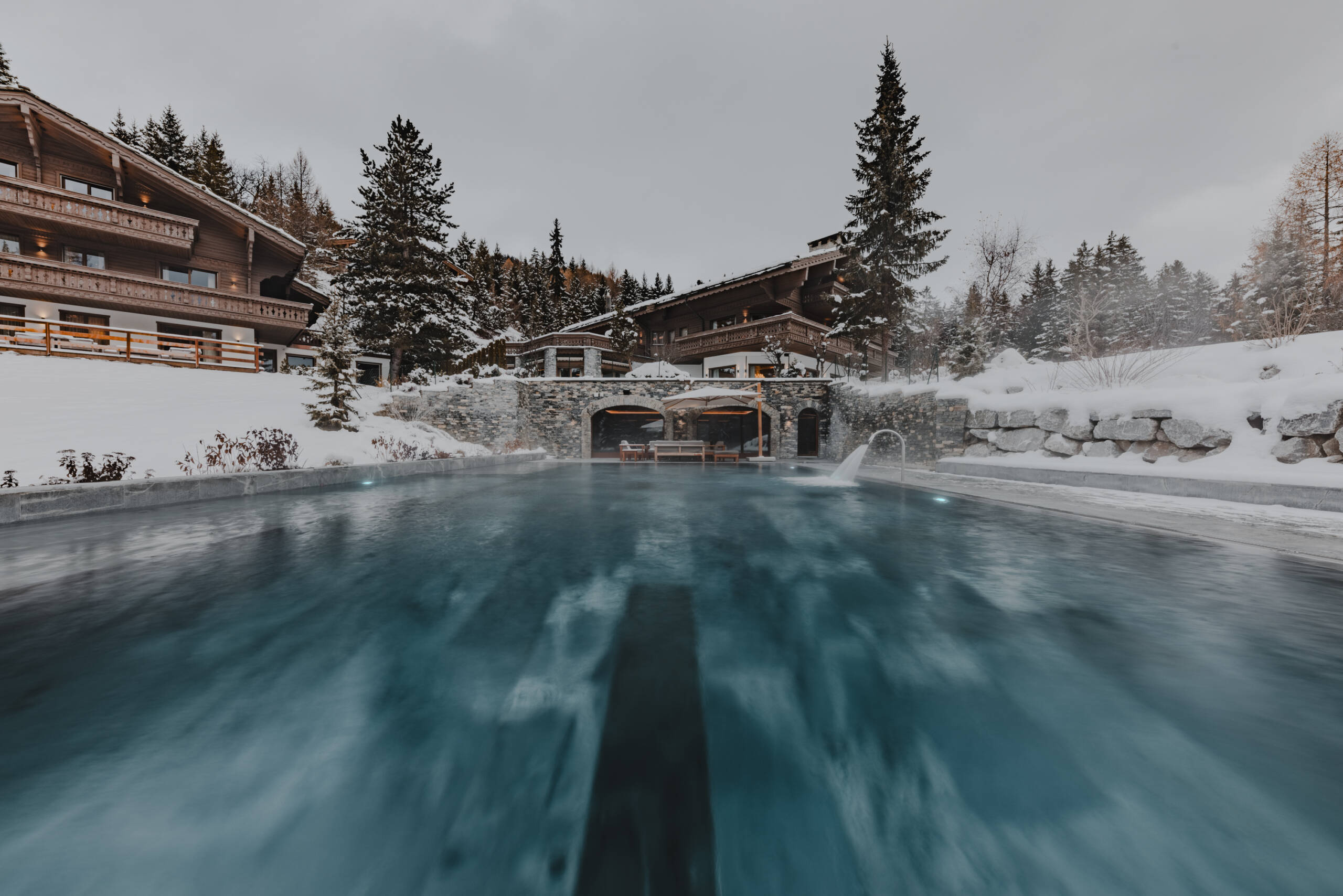
The spa area features sauna, hammam, fitness gym, and heated outdoor pool
Just 2 hours and 20 minutes from Geneva Airport lies the former ski retreat of Roger Moore. Bridging the gap between the luxury hotel and luxury home genres, the Ultima Collection with its properties in places like Gstaad, Courchevel, Megève and many more, targets elite travellers with an eye for luxurious details and services.
Read more: Grace Hotel St. Moritz review
In 2018, the Ultima Collection acquired two luxury chalets in Crans-Montana, which were originally built by Bernard Arnault in the 1990s. The properties were renovated and the interiors completely redesigned – although there is a new owner since this year who wants to redecorate all the Ultima properties again with for example more classical art on the walls.
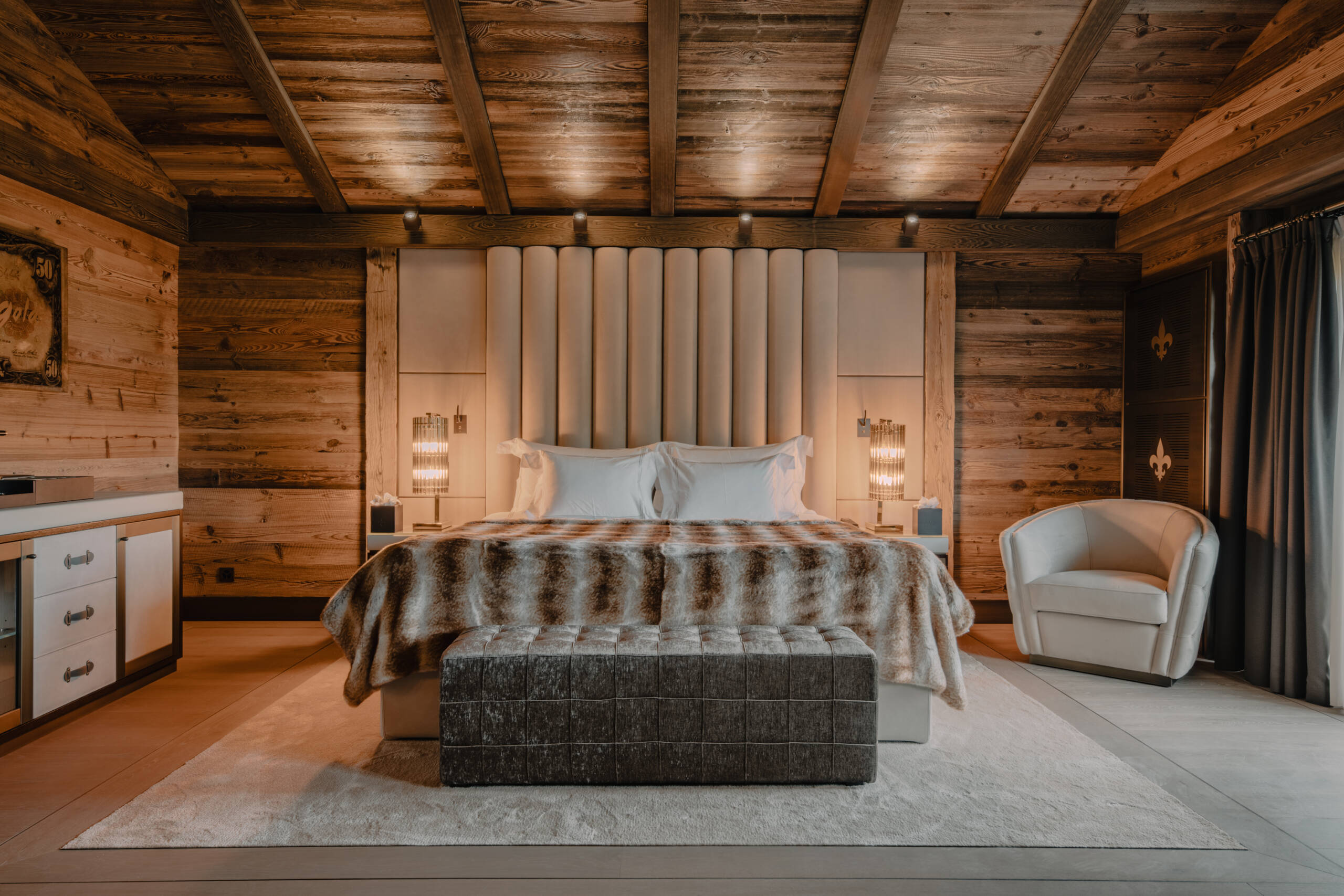
The two chalets offer 16-bedrooms in total and are connected underground
Today, affluent ski enthusiasts can rent the two private chalets, connected by an underground passage, featuring a total of 16 bedrooms, on a weekly price basis. The Ultima in Crans-Montana is particularly popular among Russian and Middle Eastern guests, in winter as well as in summer where people enjoy the fresh air and some hiking.
Football legend Lionel Messi and other celebs have visited the residence in recent years. Sven Flory, Chief Commercial Officer of the Ultima Collection, mentioned that these kind of guests really enjoy the privacy of the chalets and that there are no other guests around.
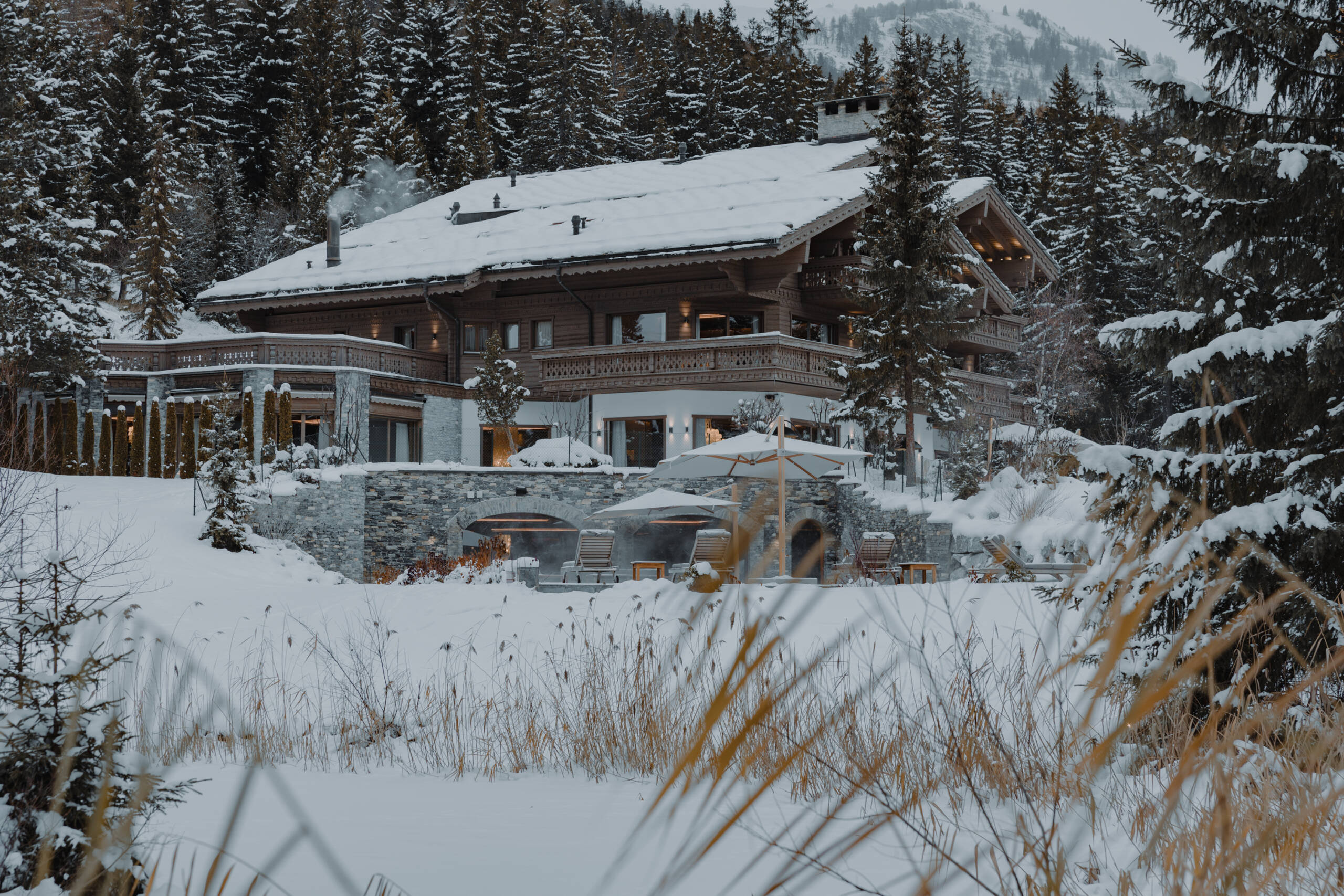
Situated in the heart of the Crans-Montana region, the two chalets are set in between natural lakes and woods
The chalet’s architecture combines traditional Swiss with contemporary elements, featuring natural materials like wood and stone paired with sleek modern furnishings.
The chalet’s wellness facilities offer non-skiers a good alternative programme. Guests can indulge in the spa that includes an outdoor pool, hammam, snow shower and treatment rooms, where you can book an appointment – from massages to facials, tailored to individual preferences.
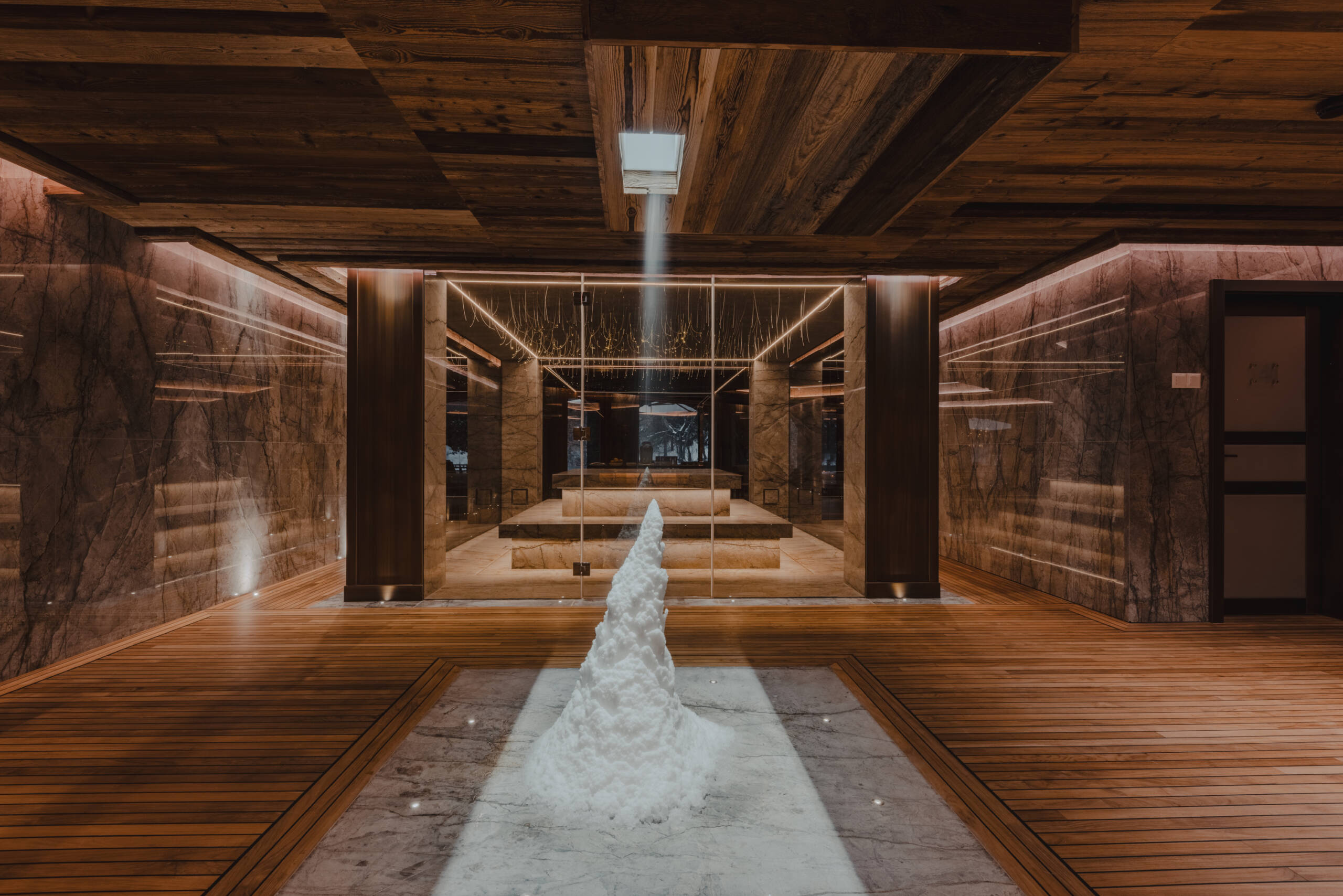
The spa team can personalise detox and immune-boosting treatments to a persons exact needs
The wellness area also features a gym equipped with all necessary equipment. Yoga-lovers can book a private teaching session with their in-house yoga instructor. Especially after having done the first ski day of the season, muscles might be sore and a good stretch might help to prepare you for the rest of the week.
Read more: The intimate grandeur of the Grand-Hôtel du Cap-Ferrat
For the real skiers, the Ultima Crans-Montana provides experienced ski guides to assist guests in exploring the area’s slopes and off-piste trails. The chalet of course does have a ski room, equipped with heated lockers and all the necessary facilities to keep your Fusalp or Moncler ski gear safe and warm. I enjoyed rocketing down from the high lift station at Les Violettes, from where you can see a spectacular view of all the Valais Alps including the Matterhorn. The skiing is a mix of high mountain and forest trails, and suitable for all grades.
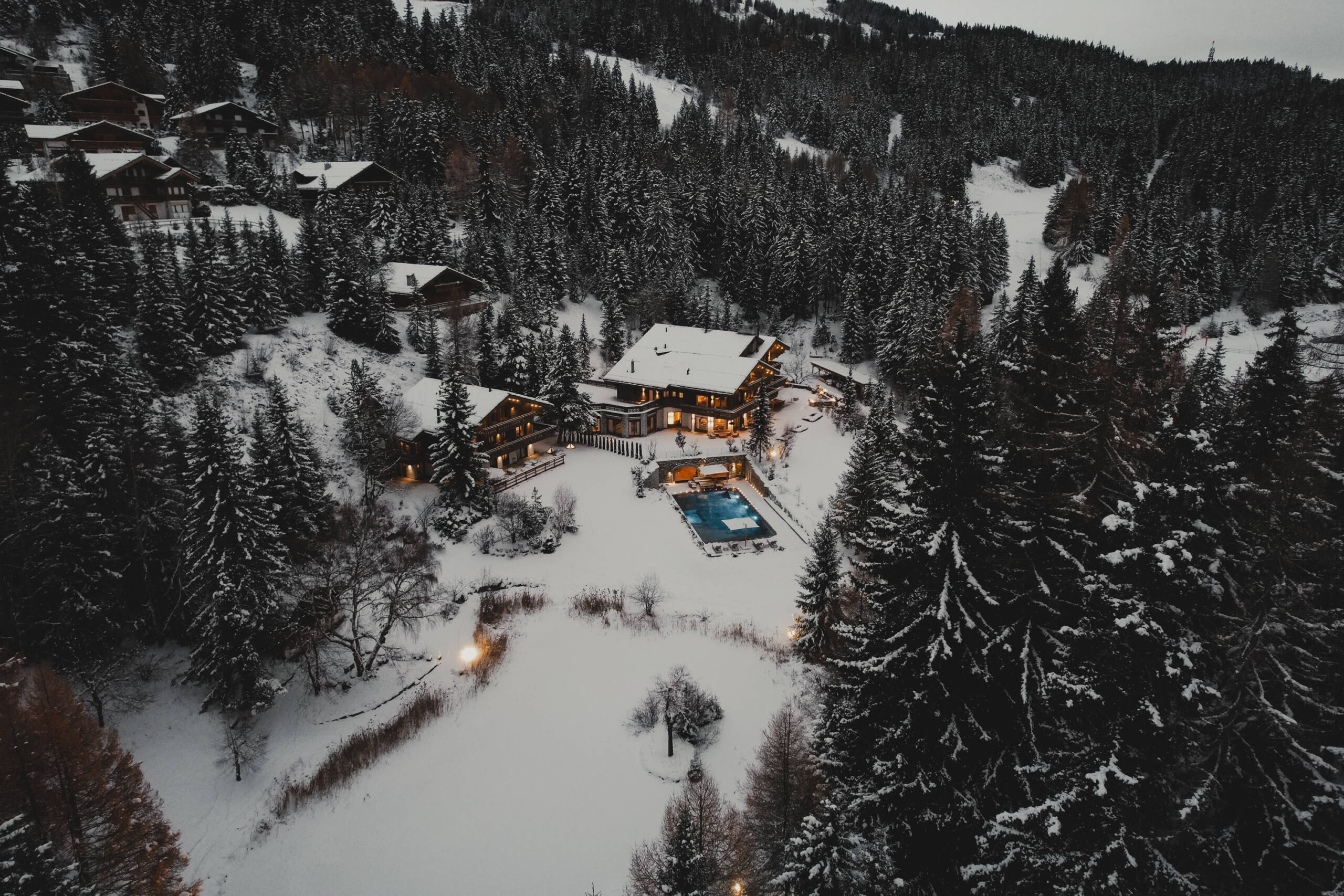
The two chalets can accommodate up to 38 guests. Both of the buildings have access to the retreat’s spa and outdoor pool area
From a cozy cheese fondue, beef wellington to a barbeque outside – a private chef will be available at all times to create menus tailored to guests’ tastes, using locally sourced ingredients. Pair the dishes with the local wines from the Valais, grown in the vineyards below the resort, like a floral Petite Arvine (white) or spicy Cornalin (red) – which seem to be quite unknown in the world of wines, as we Swiss like to keep the good things to ourselves.
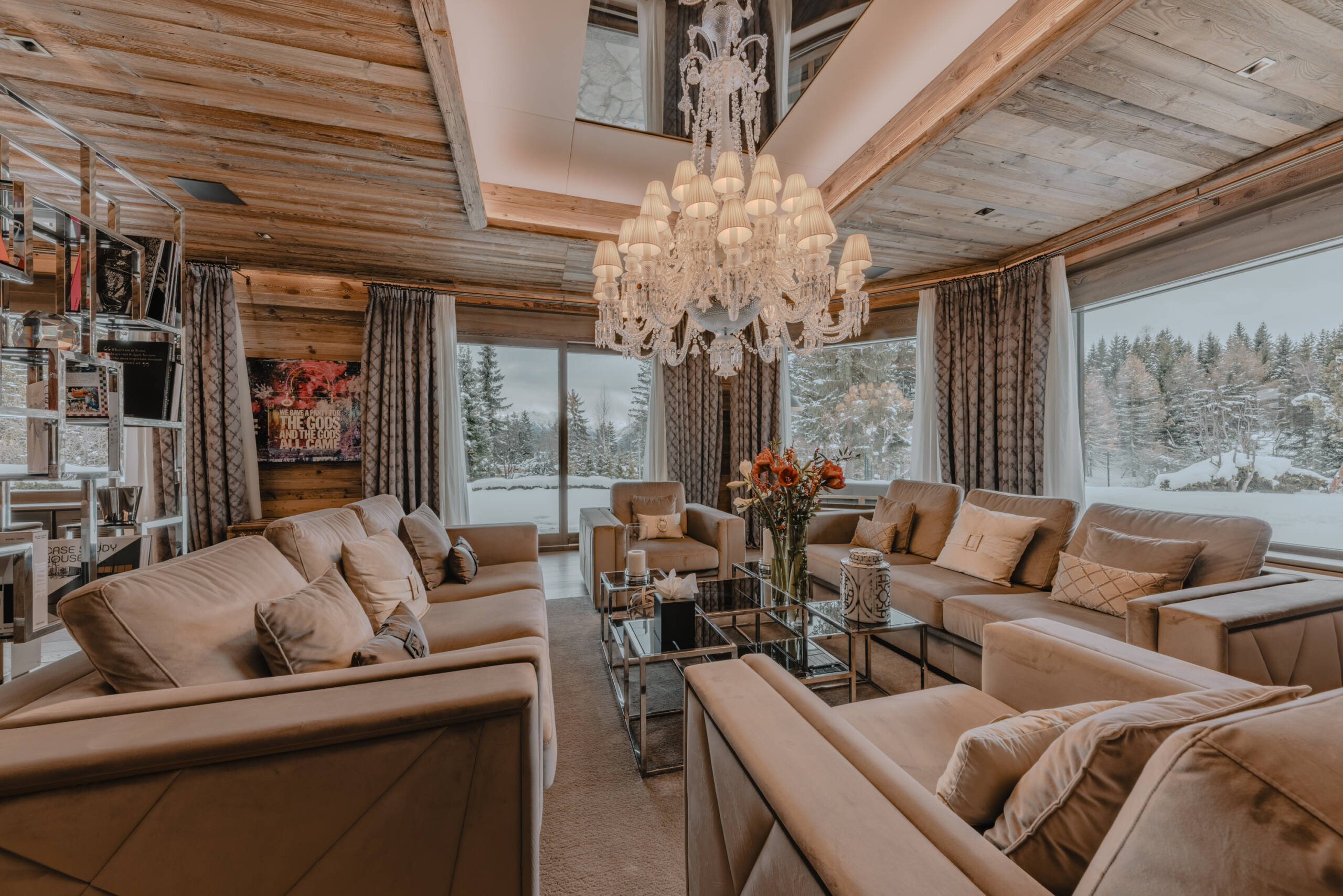
The two chalets feature a cinema room, cigar lounge, an office space and a Billiard room
The Ultima Crans-Montana is more than just a place to stay; it is a destination in itself. For those seeking the ultimate alpine luxury, plus seclusion and being away from the crowds of people you know in Courchevel or St Moritz, the Ultima Crans-Montana is a compelling choice.
Find out more: www.ultimacollection.com

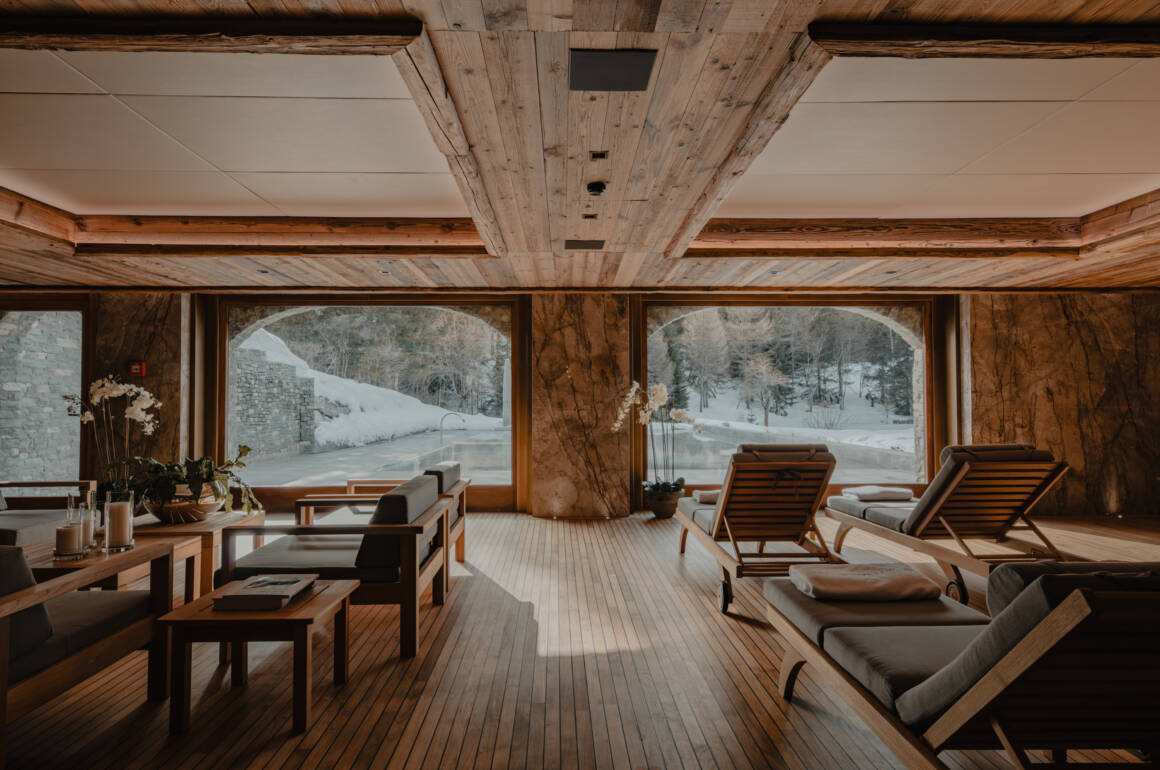
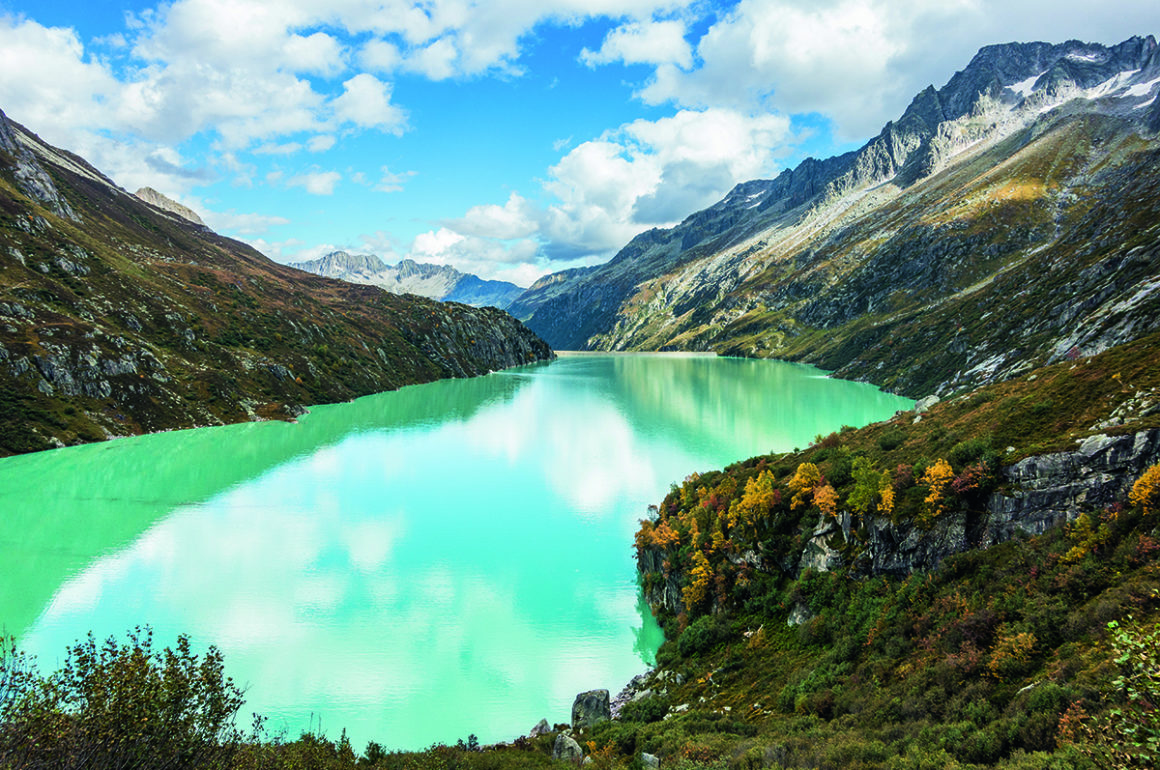
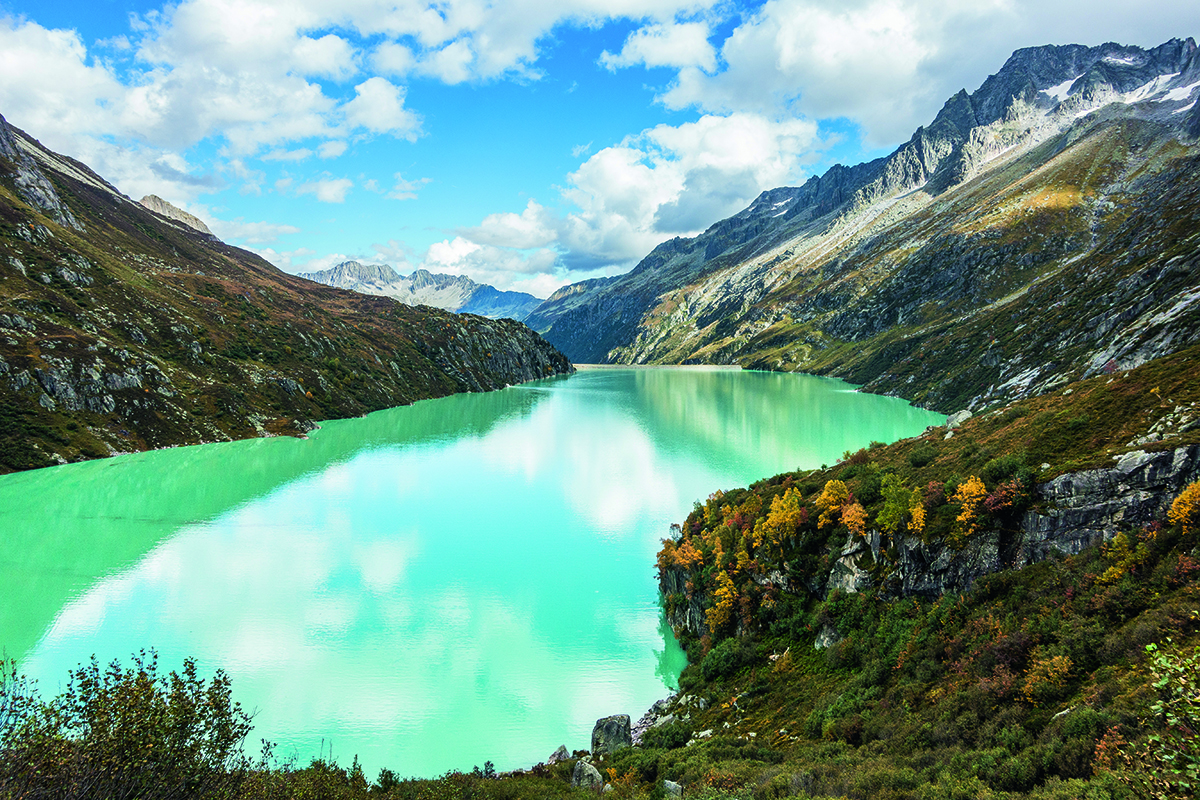
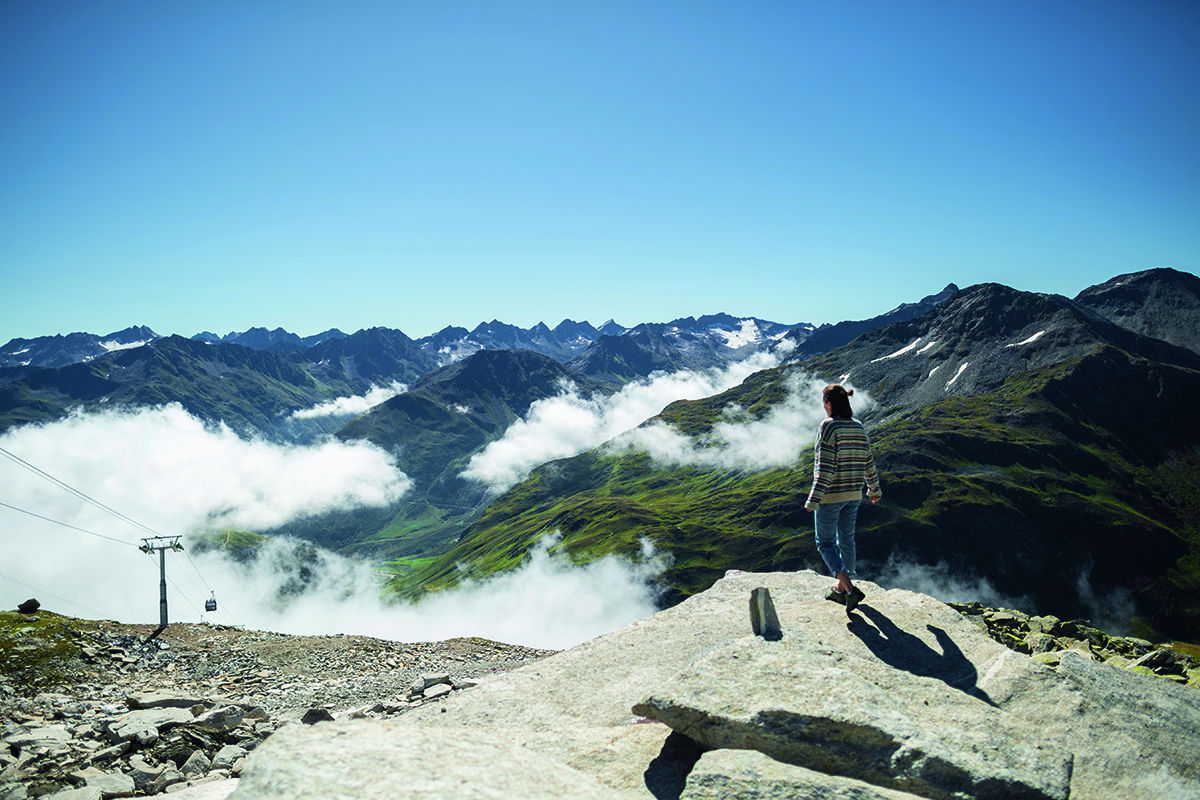
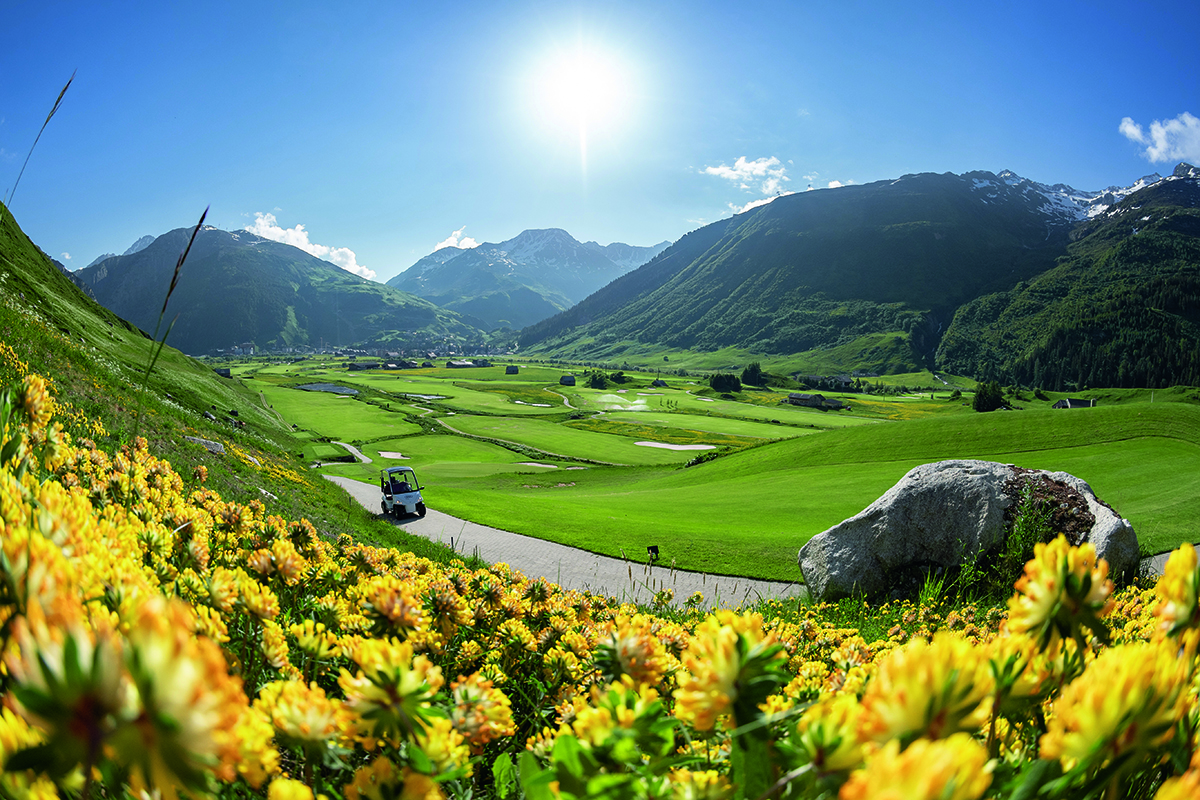
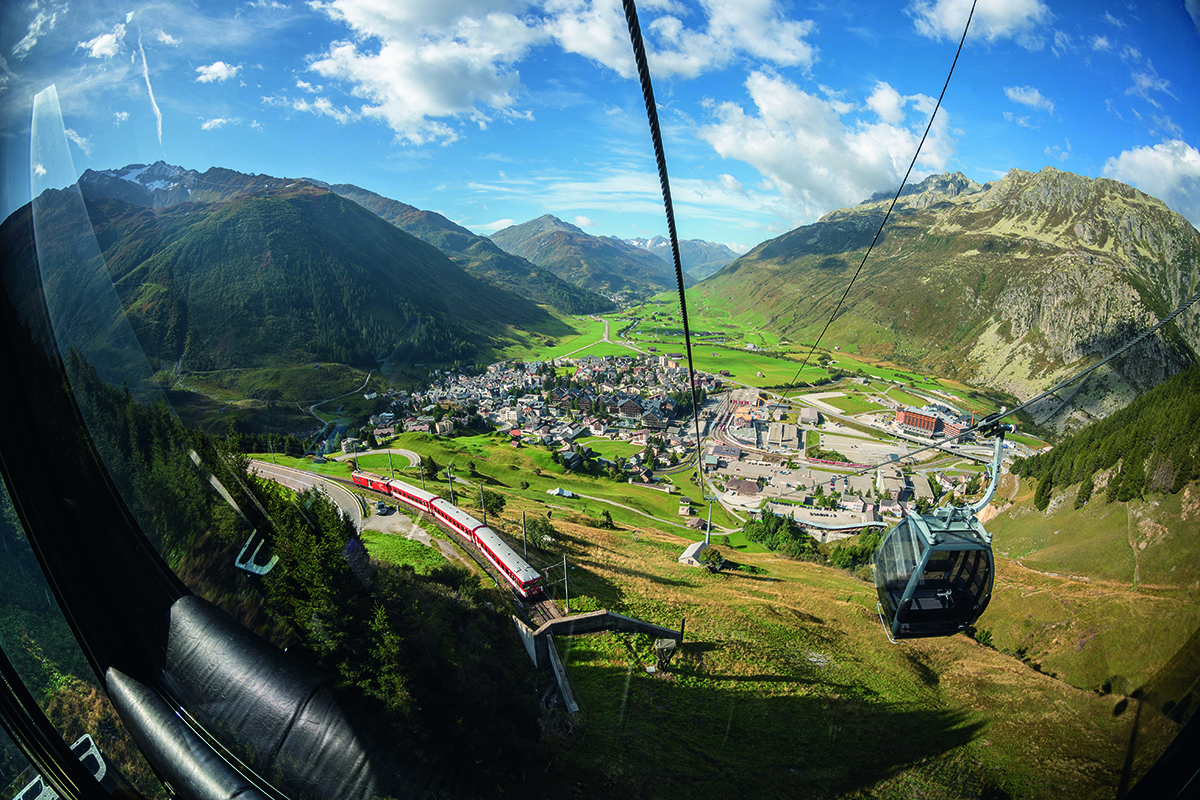
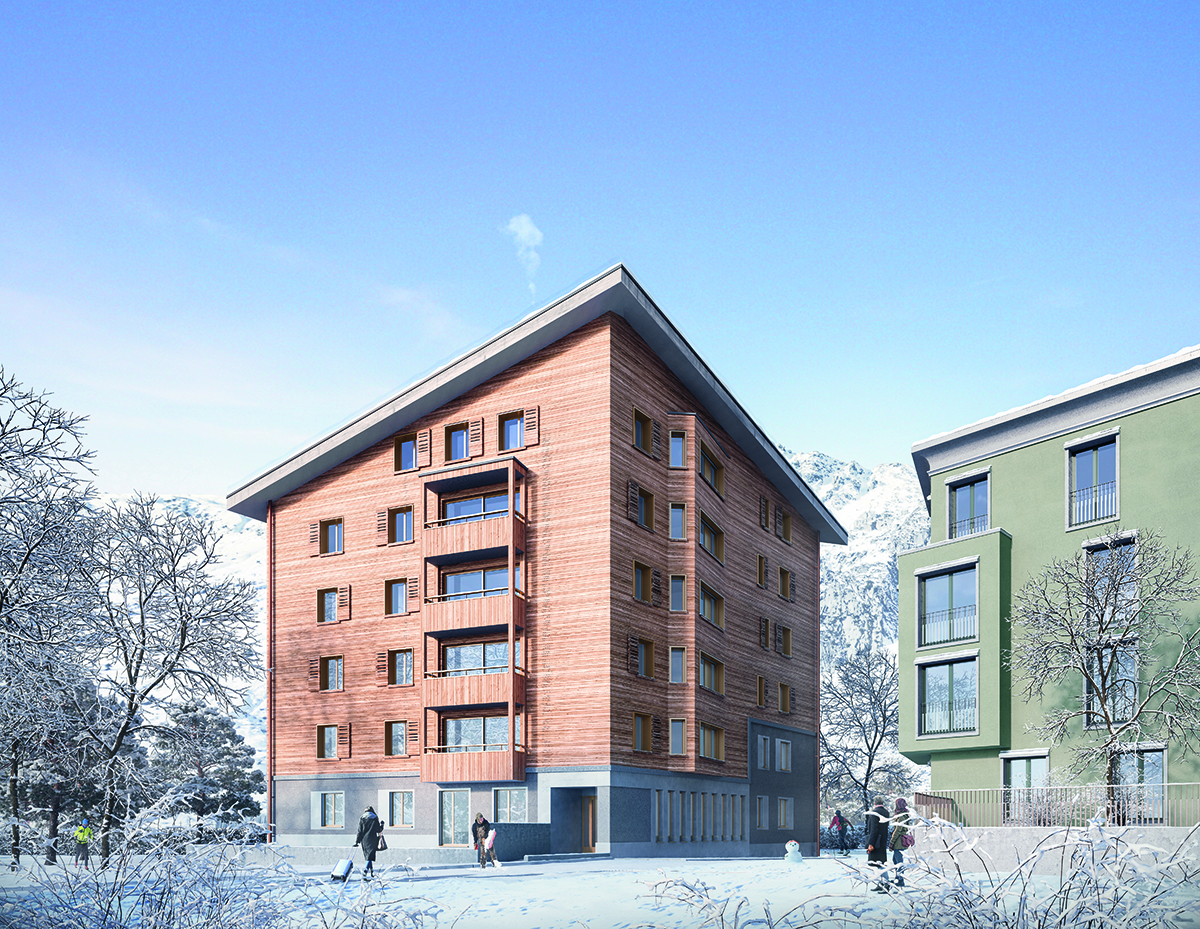
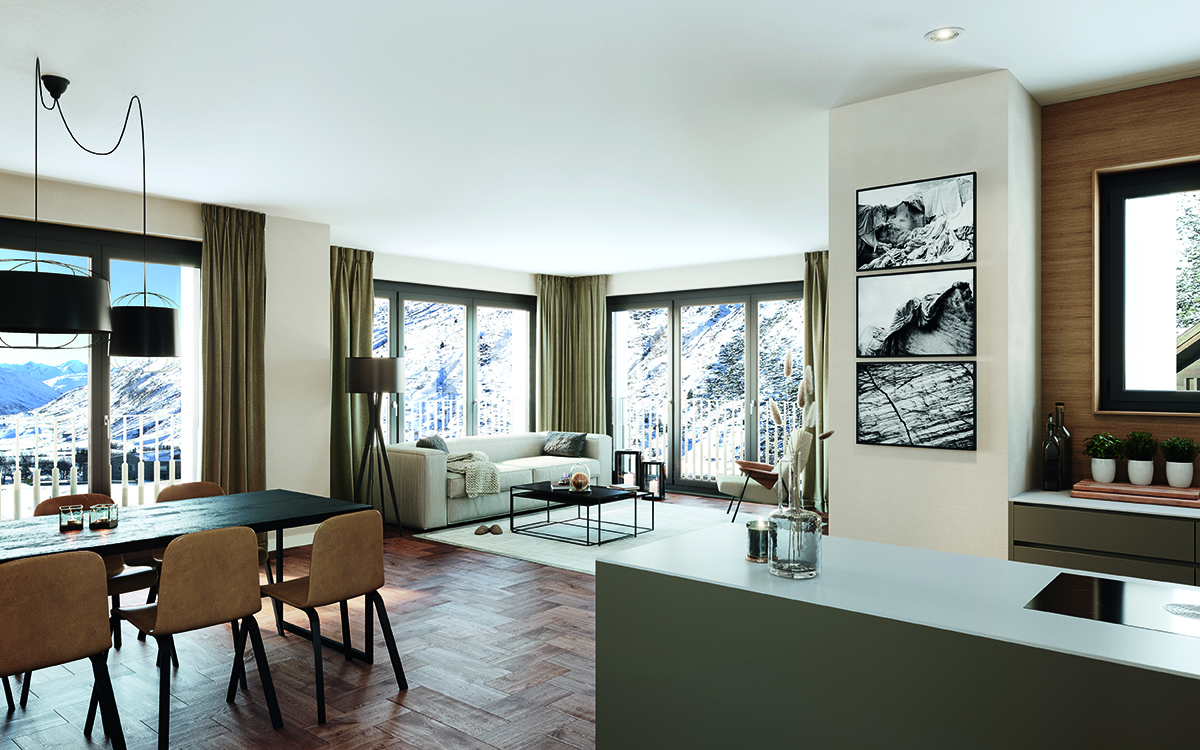
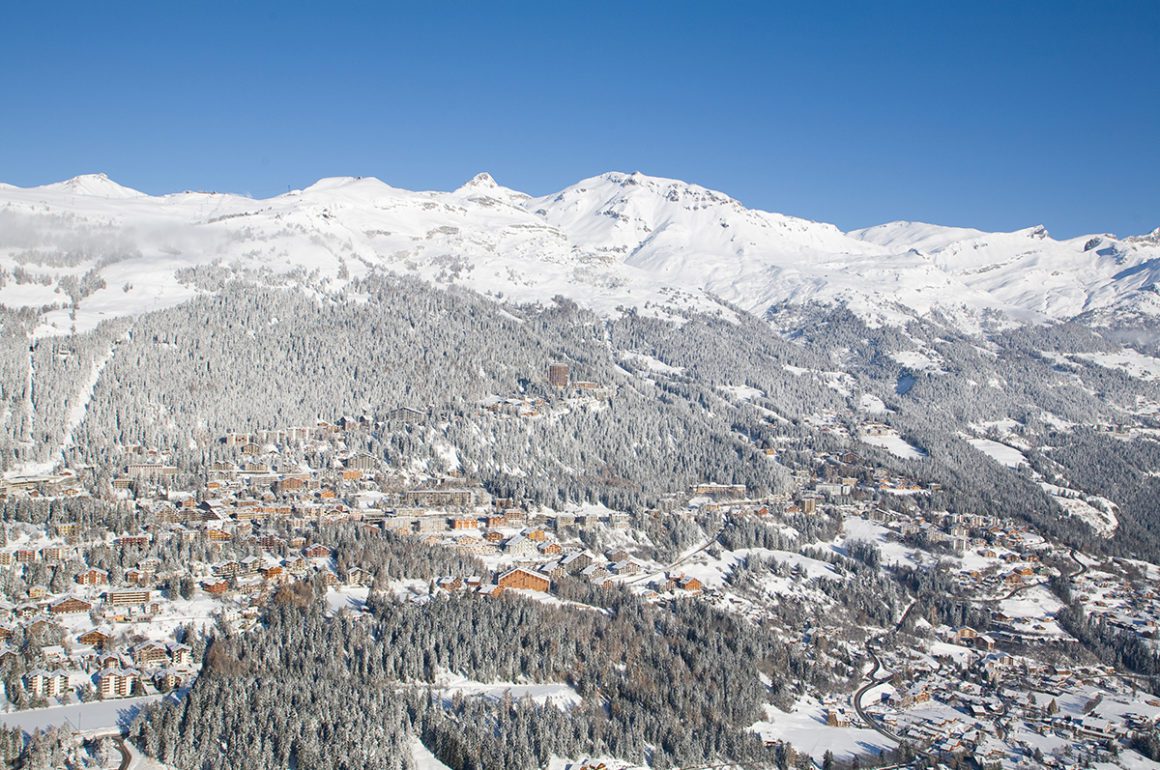
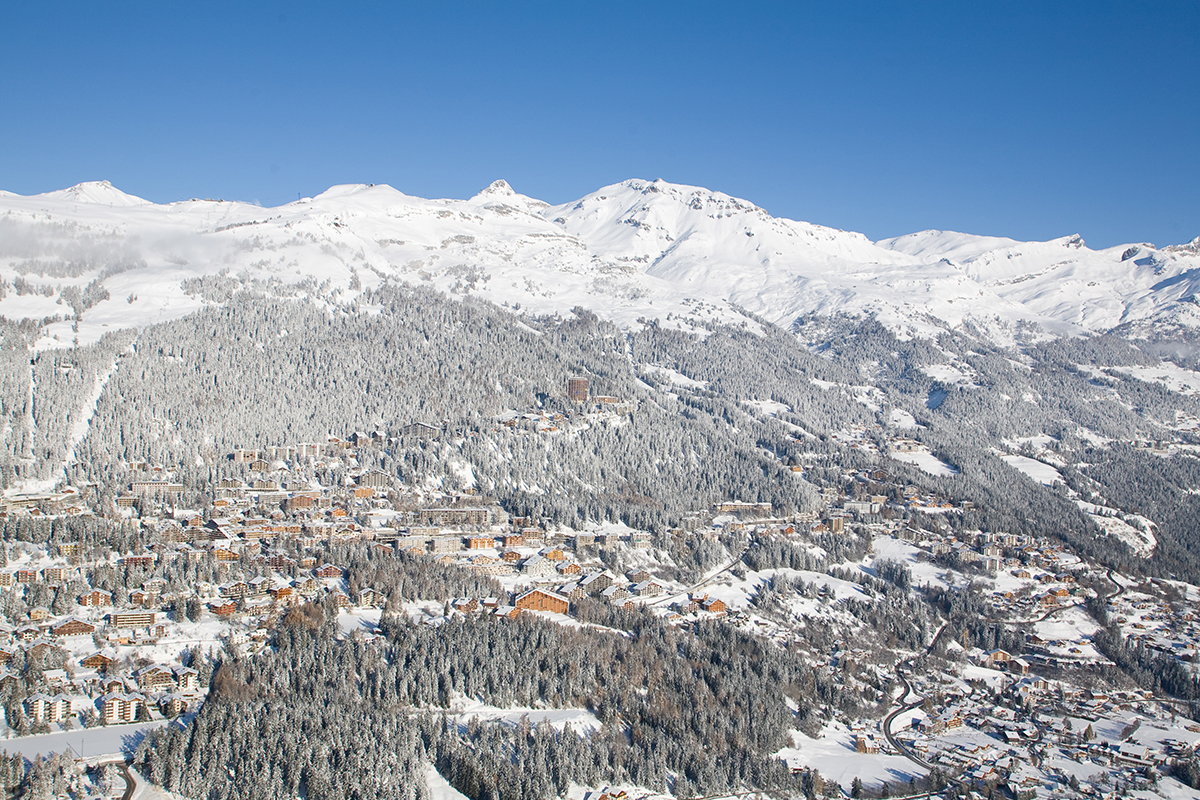
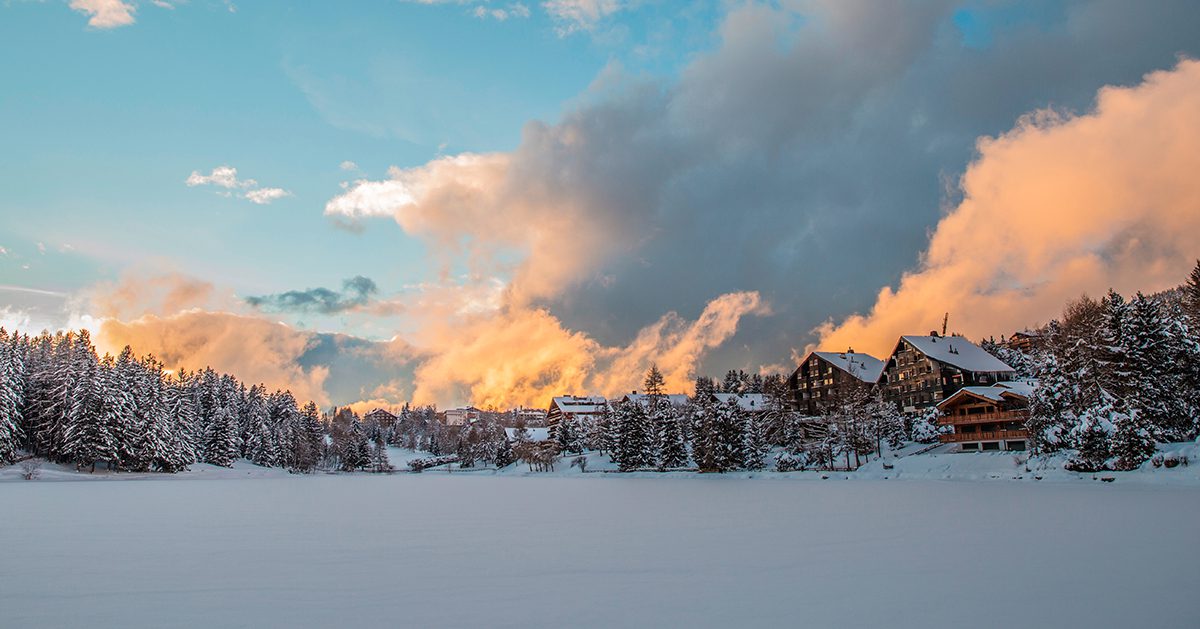
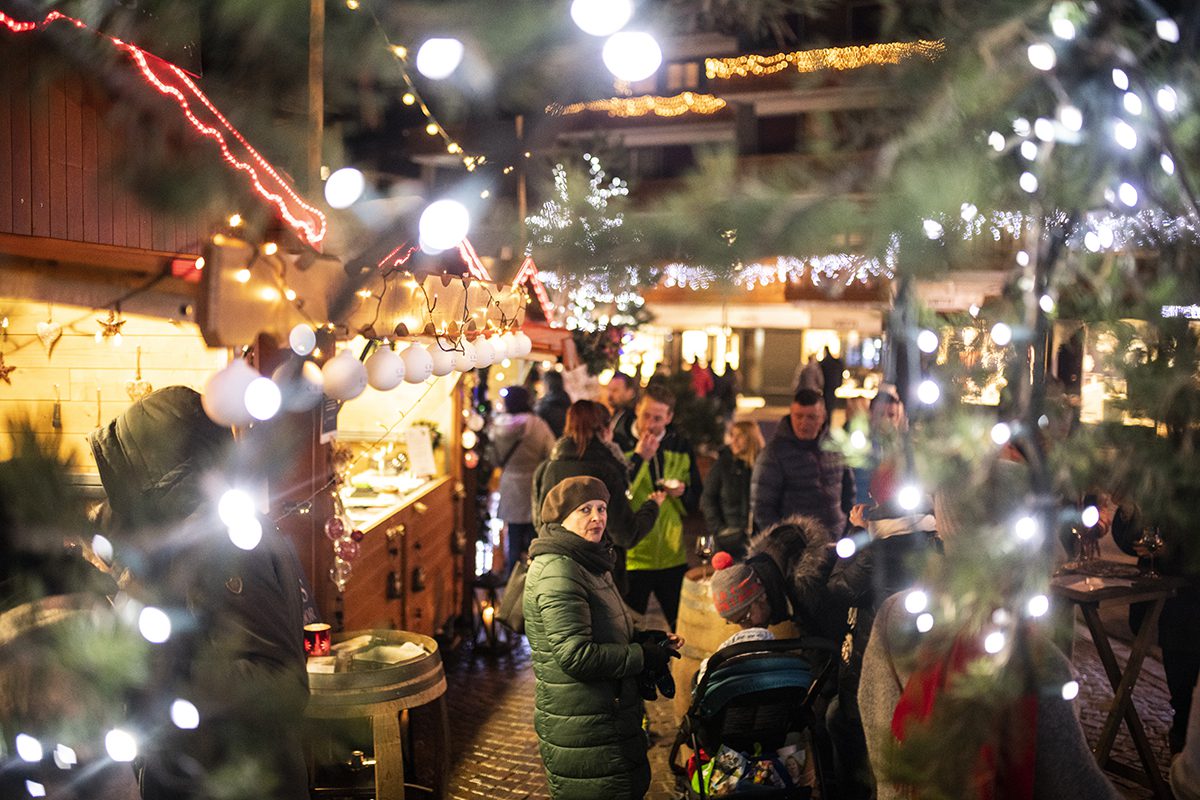
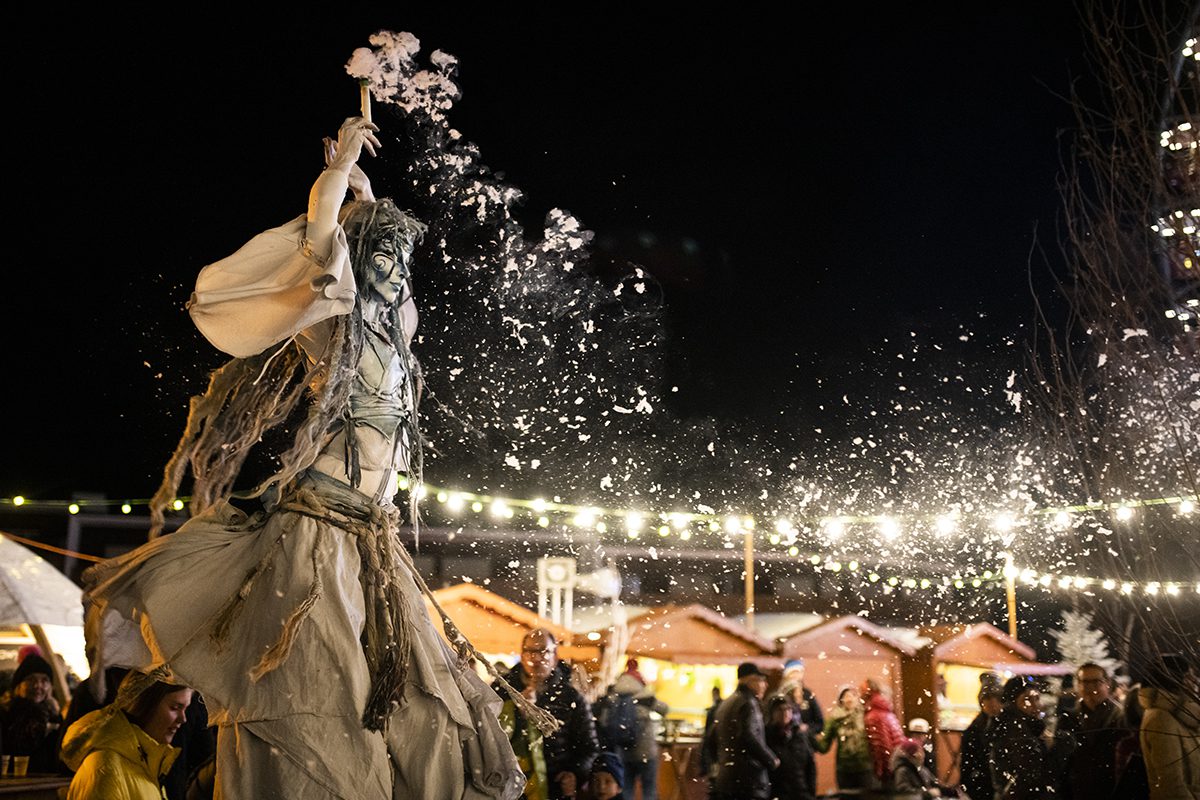
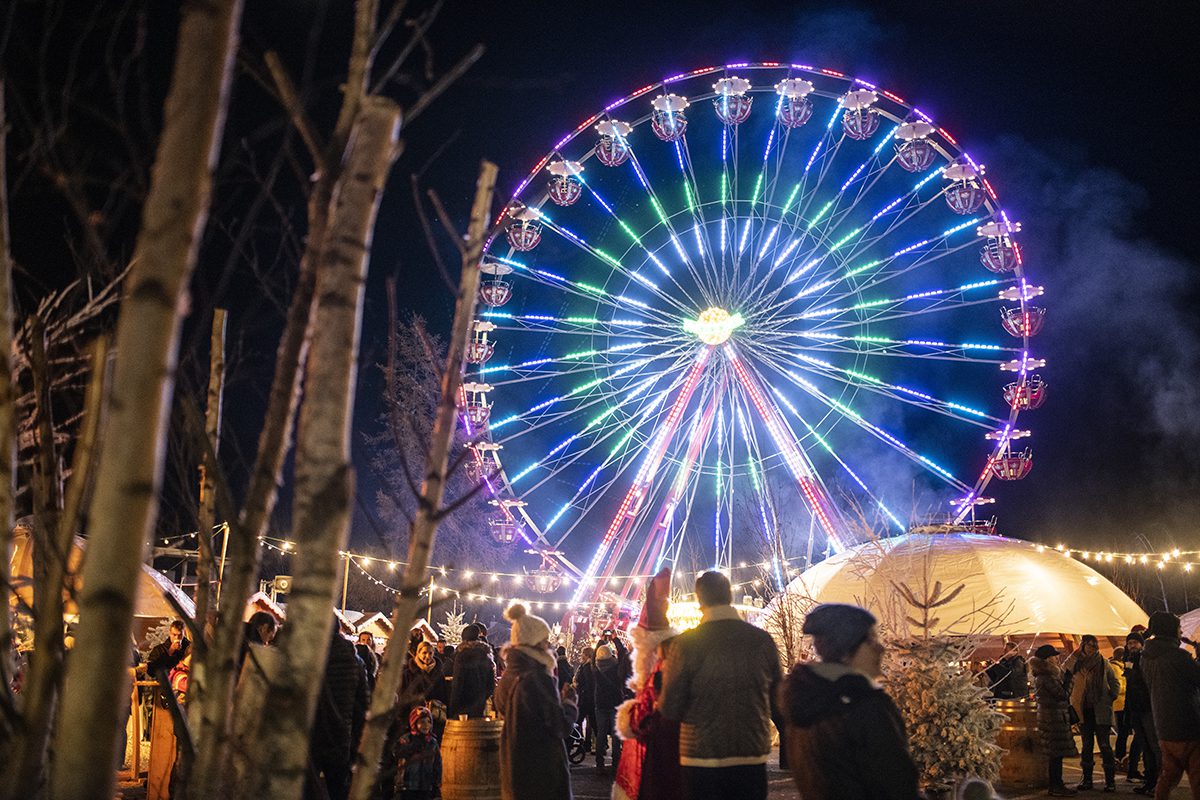
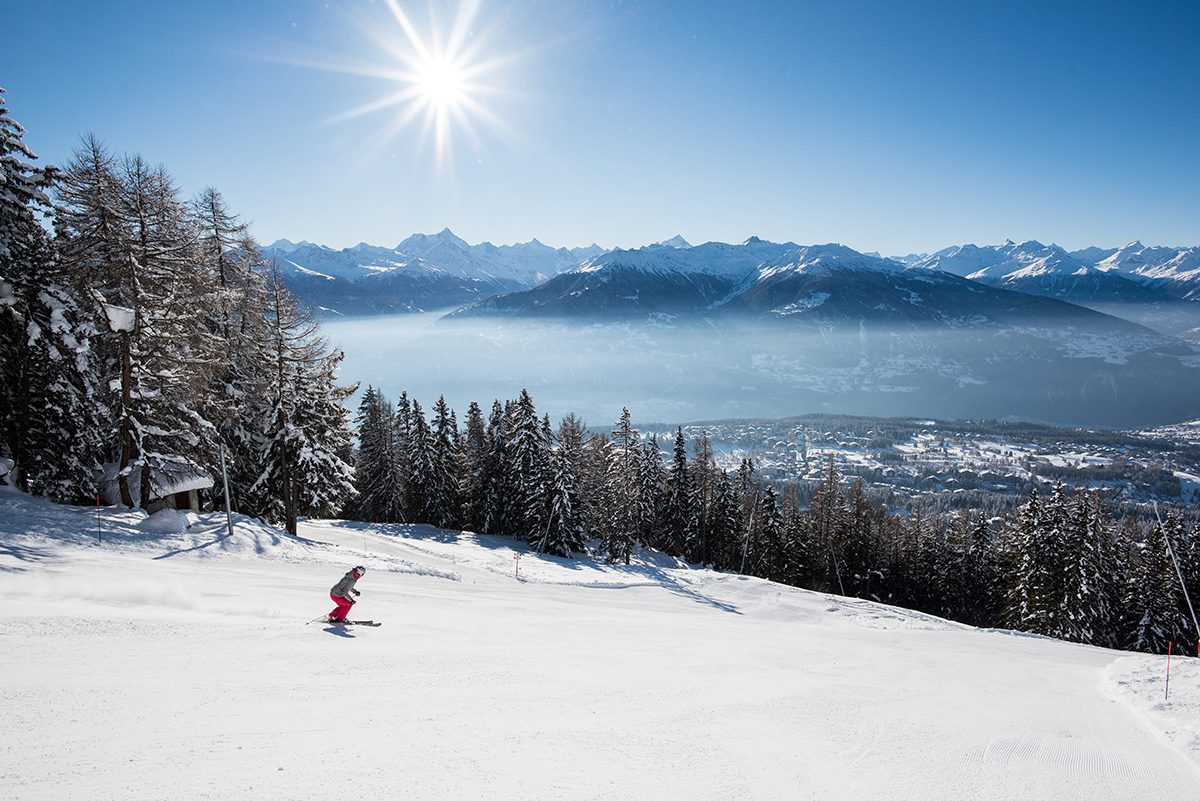
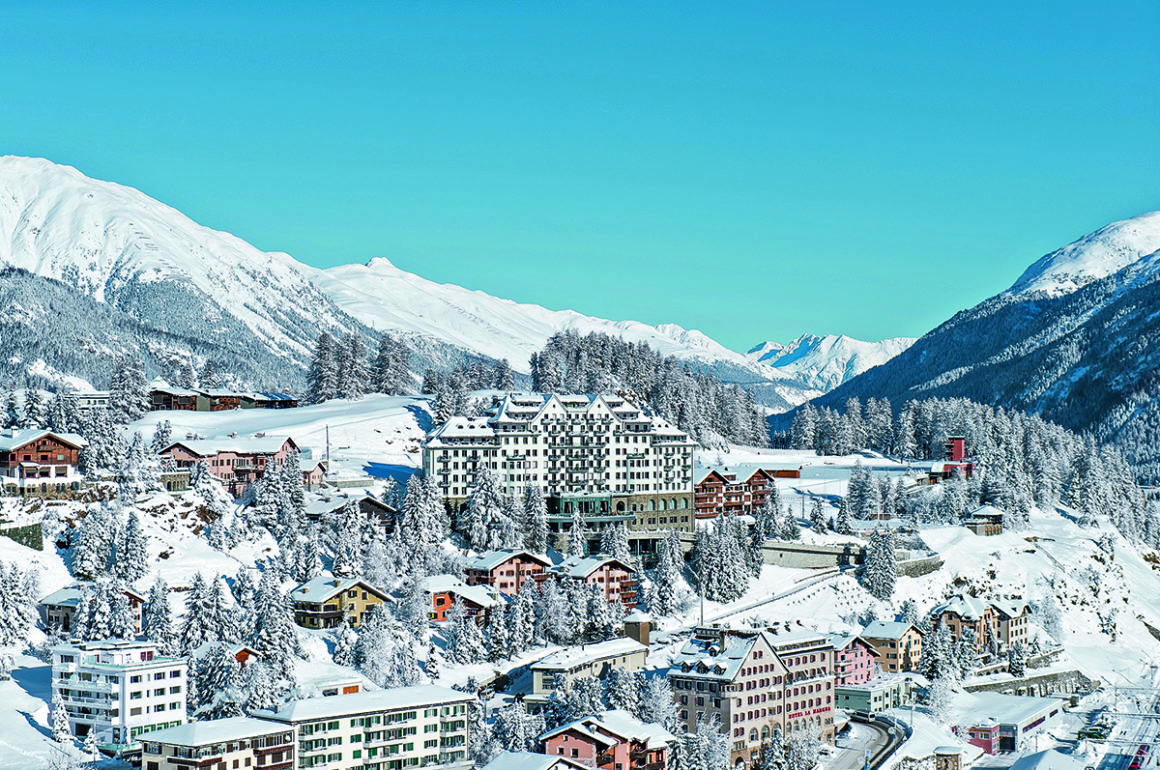
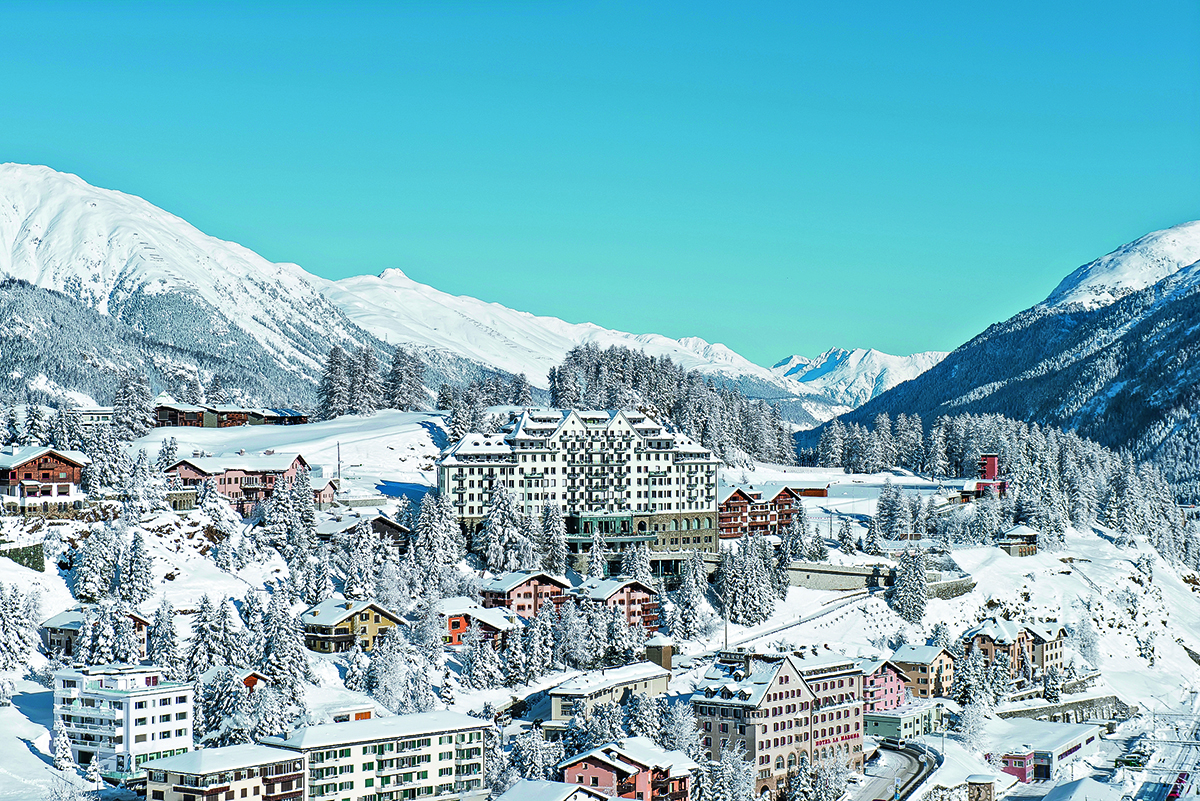
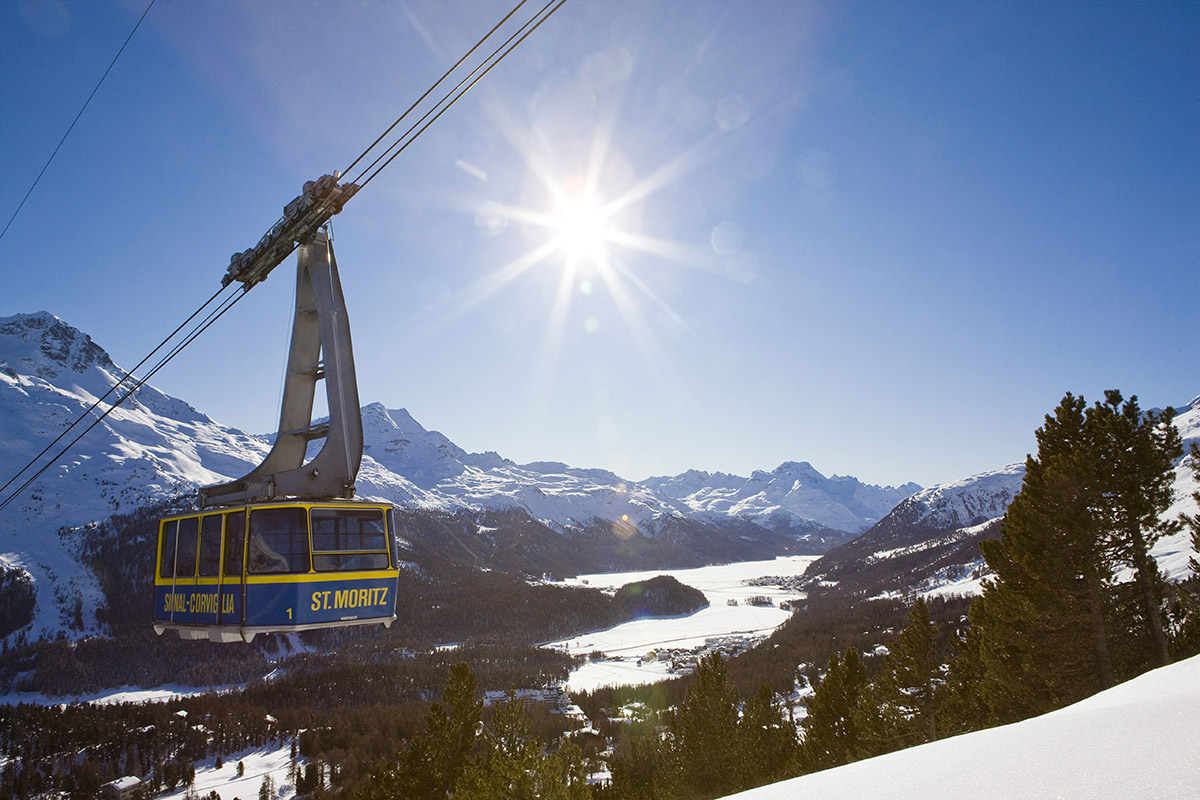
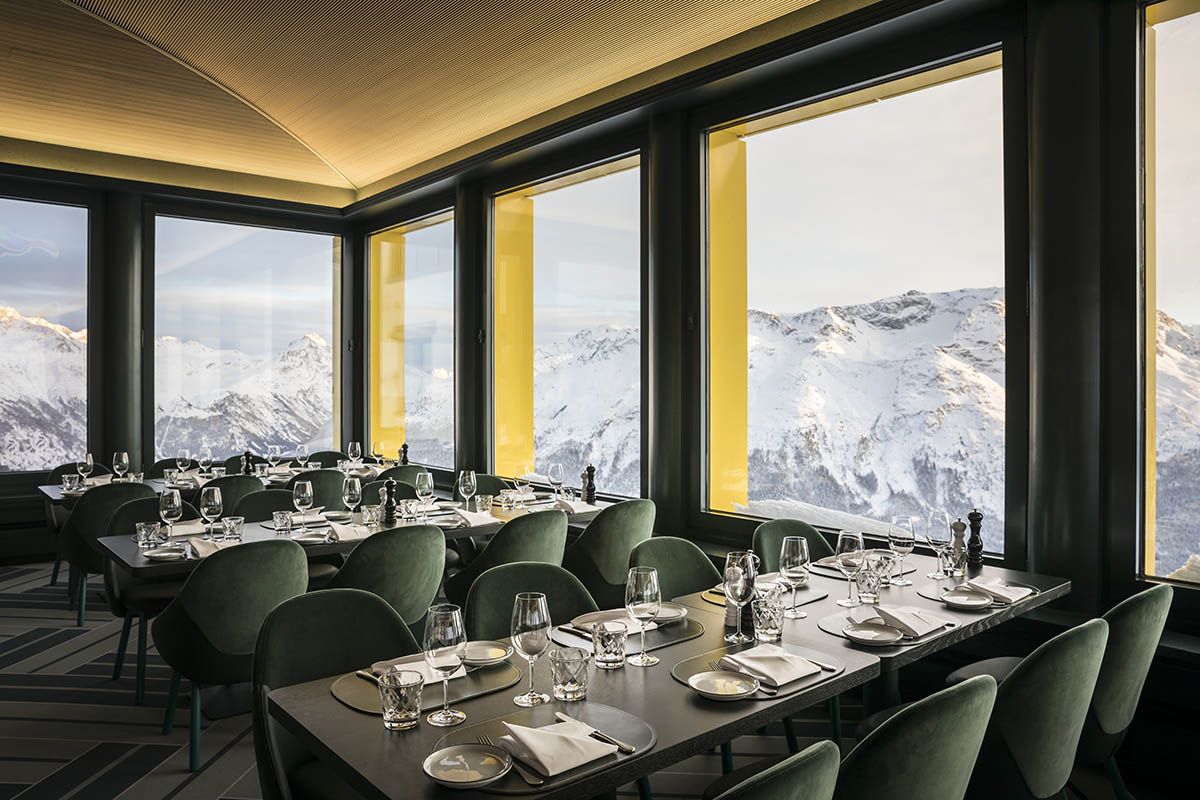
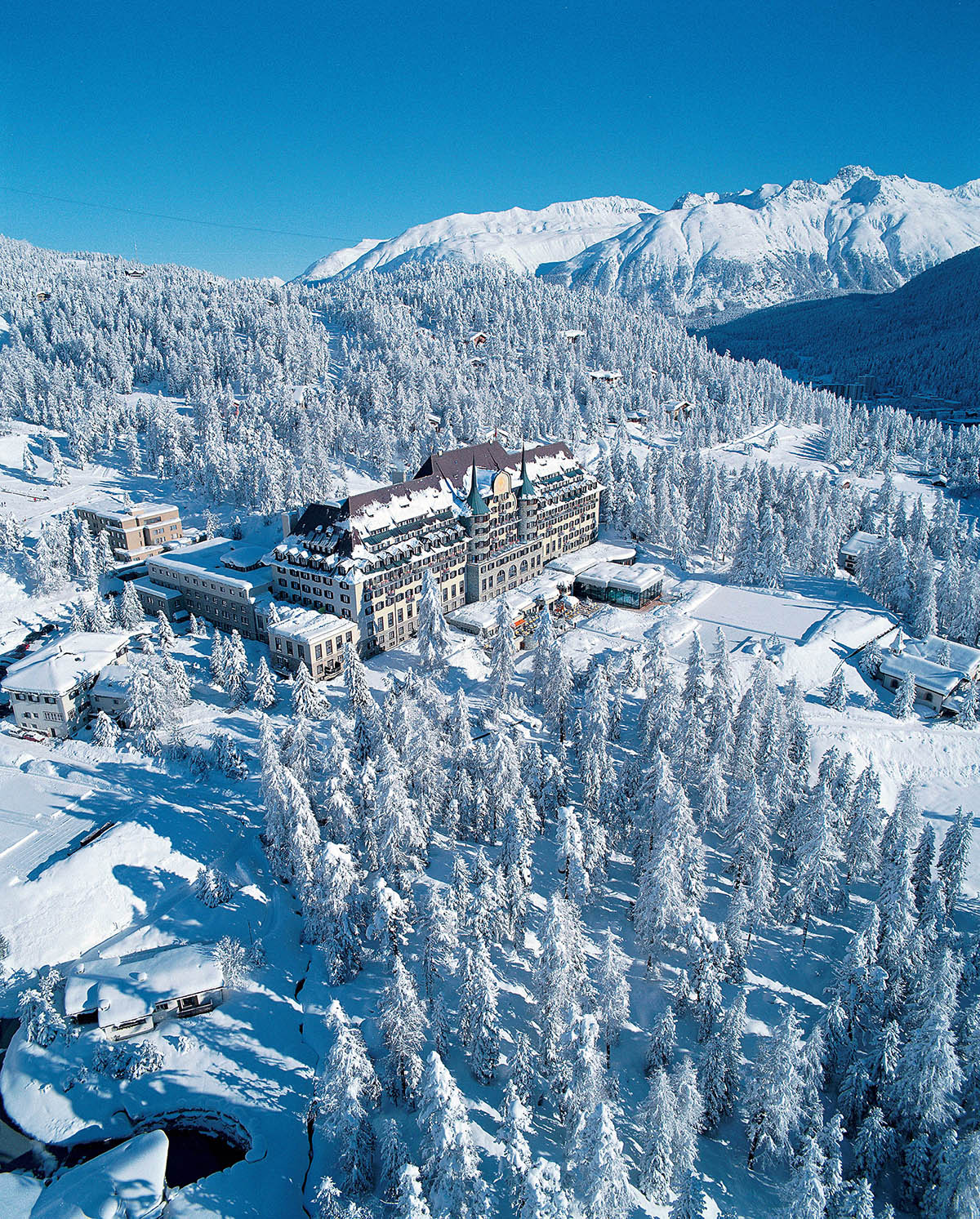





Recent Comments